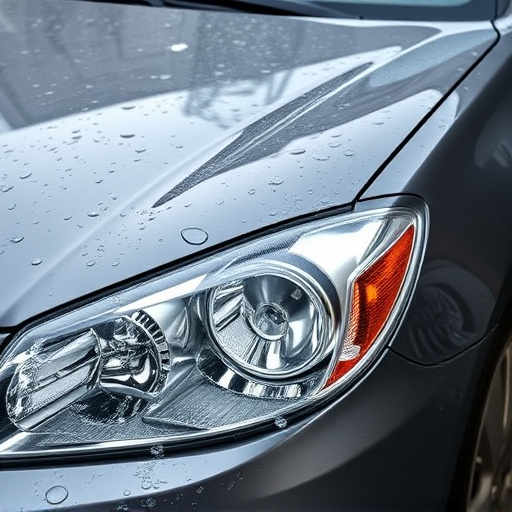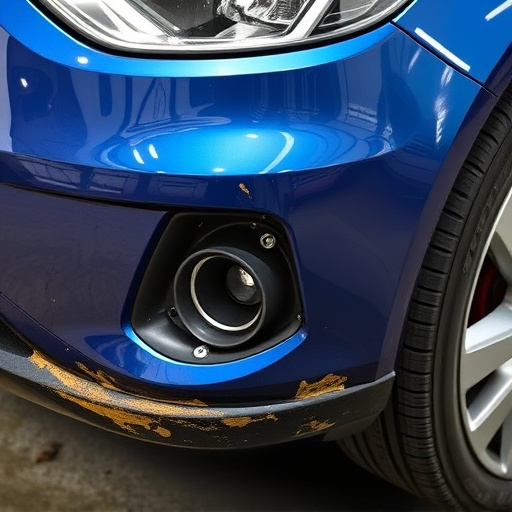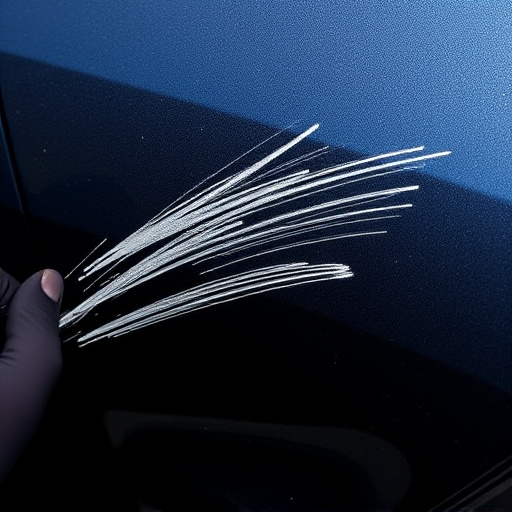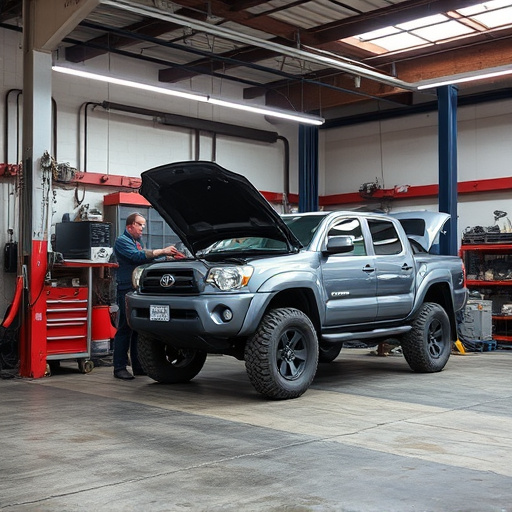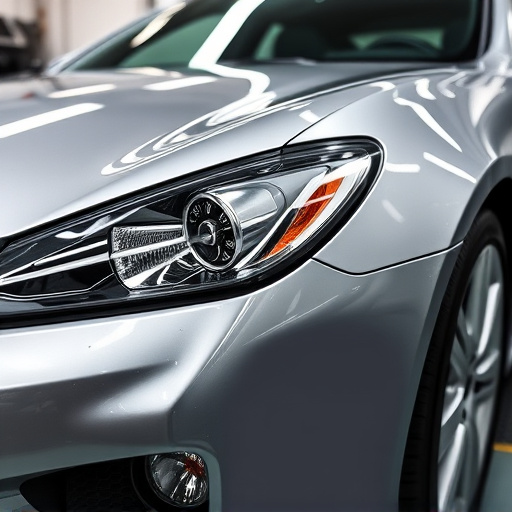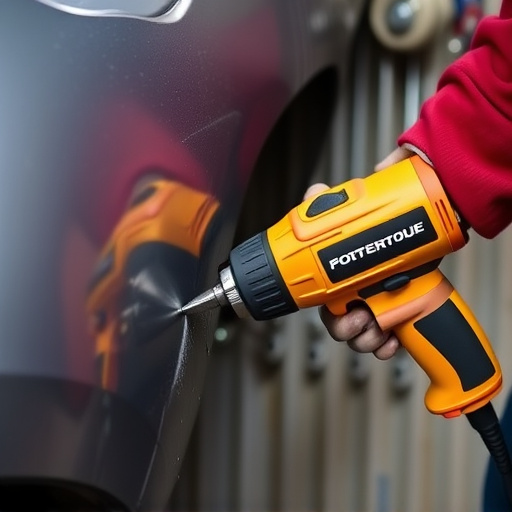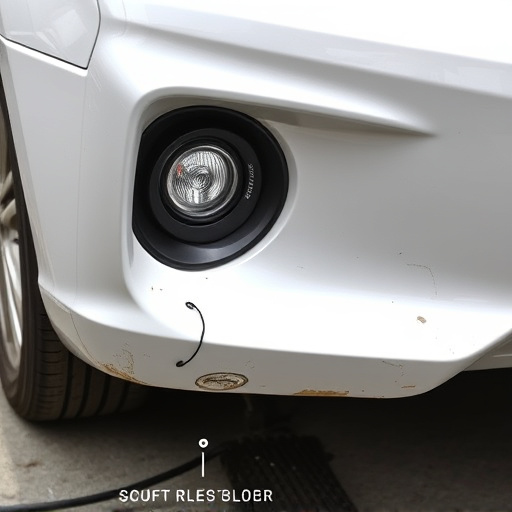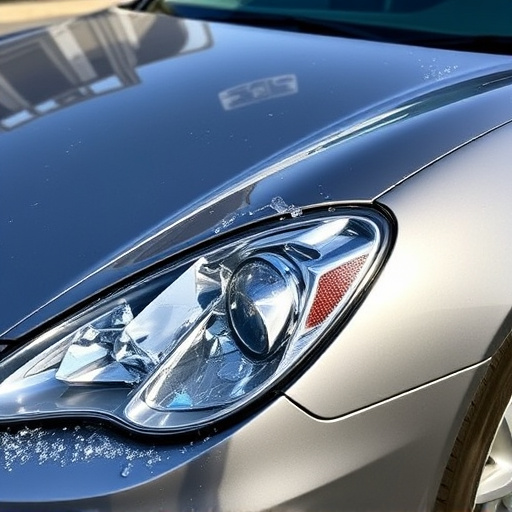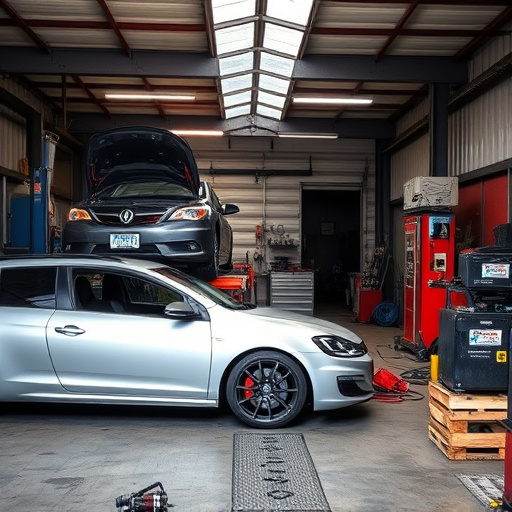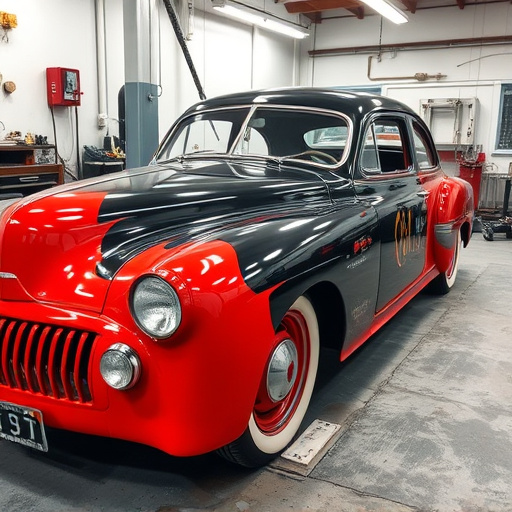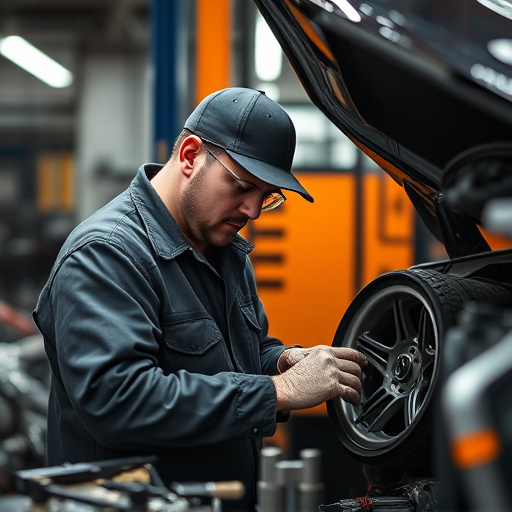Evaluating customer safety assurance involves tracking key metrics like response time, damage assessment accuracy, repair quality, communication effectiveness, and resolution time to enhance satisfaction and build trust. Regular risk assessments identify and mitigate potential issues, aligning with industry standards. Efficient feedback loops, data-driven adjustments, continuous improvement culture, and safety protocol training strengthen customer safety assurance, fostering loyalty.
Evaluating and improving customer safety assurance is paramount for any business aiming to build trust and loyalty. This article provides practical steps to enhance your performance in this critical area, focusing on key metrics, risk assessments, and continuous improvement strategies. By understanding and tracking relevant metrics, conducting regular, comprehensive risk analyses, and fostering a culture of feedback and learning, you can significantly strengthen customer safety assurance, leading to enhanced satisfaction and brand reputation.
- Understand Customer Safety Assurance Metrics
- Conduct Thorough Risk Assessments Regularly
- Implement Feedback Loops and Continuous Improvement
Understand Customer Safety Assurance Metrics
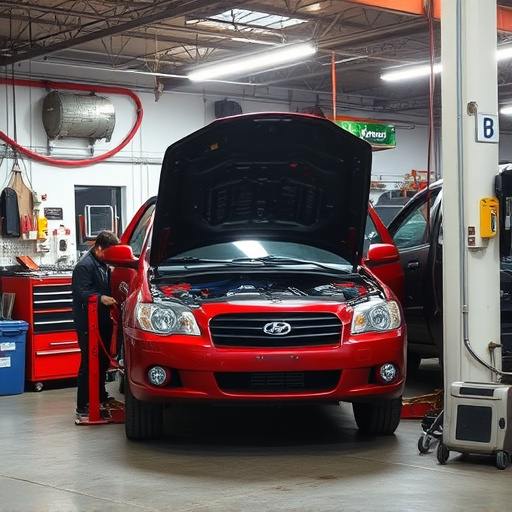
Evaluating customer safety assurance performance begins with a thorough understanding of key metrics. These metrics are designed to measure and quantify customer satisfaction with their experience regarding vehicle safety and repair processes, such as collision center services. By tracking and analyzing these indicators, businesses can identify areas for improvement in ensuring customer trust and loyalty. Metrics may include response time to inquiries, accuracy in damage assessment, quality of car damage repair work, communication effectiveness, and overall resolution time.
Understanding these metrics is crucial in transforming a potentially stressful experience, like dealing with a fender bender, into a positive one. When customers perceive their safety and vehicle’s condition as assured, they are more likely to be satisfied with the collision center services rendered. Effective tracking and improvement of customer safety assurance metrics can foster a reputation for excellence, leading to increased business from repeat customers and referrals who trust your brand to take care of their automotive needs, including car damage repair.
Conduct Thorough Risk Assessments Regularly
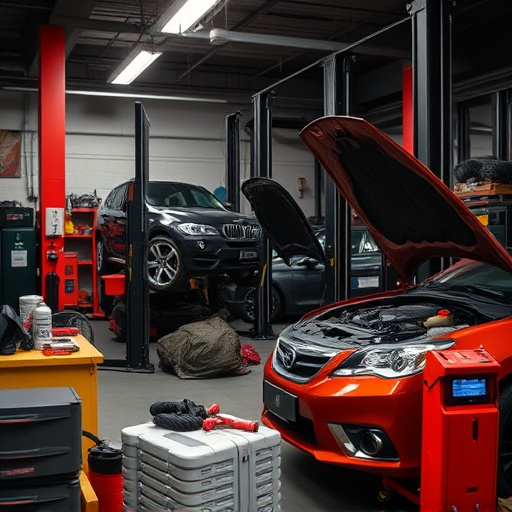
Regularly conducting thorough risk assessments is a cornerstone of effective customer safety assurance. This process involves meticulously evaluating every aspect of your operations, from manufacturing and service procedures to post-sales support. By identifying potential hazards and vulnerabilities in each step of the customer journey, you can proactively mitigate risks before they manifest as incidents. A robust risk assessment framework not only identifies areas for improvement but also ensures compliance with industry standards and regulations, thereby enhancing your brand’s reputation and fostering customer trust.
Regular reviews are crucial to adapt to evolving market conditions, new technologies, and changing customer expectations. Incorporate feedback loops from both internal teams and customers to refine your risk assessment methodology continuously. This dynamic approach ensures that you address emerging challenges, such as those related to vehicle paint repair, fender repair, or tire services, promptly and effectively, thereby maintaining high standards of customer safety assurance throughout the entire process.
Implement Feedback Loops and Continuous Improvement
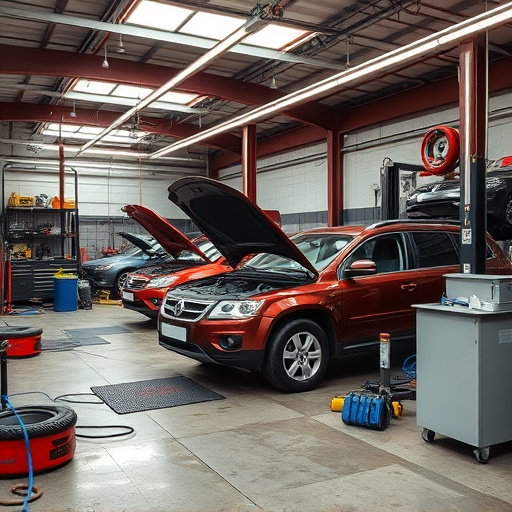
To ensure continuous improvement in customer safety assurance, establishing robust feedback loops is paramount. After every service or repair, whether it’s for car bodywork services, automotive collision repair, or autobody repairs, gather and analyze customer feedback. This can be done through surveys, reviews, or direct communication. Understanding the customer’s perspective allows businesses to identify areas where performance excels and falls short in terms of safety measures. By regularly incorporating this feedback into their processes, companies can make data-driven adjustments to enhance overall safety assurance.
Implementing a culture of continuous improvement leverages these insights. It encourages teams to question existing practices, embrace new ideas, and adapt their methods accordingly. Regular training sessions on the latest safety protocols and technologies further strengthens this commitment. This ongoing effort ensures that customer safety remains a top priority, fostering trust and loyalty among clients who value high-quality, safe automotive services.
Evaluating and enhancing customer safety assurance is a multifaceted process that requires consistent effort. By understanding key metrics, conducting regular risk assessments, and implementing feedback loops, businesses can significantly improve their customer safety assurance performance. These steps not only safeguard customers but also foster trust and loyalty, ensuring long-term success in a competitive market.

